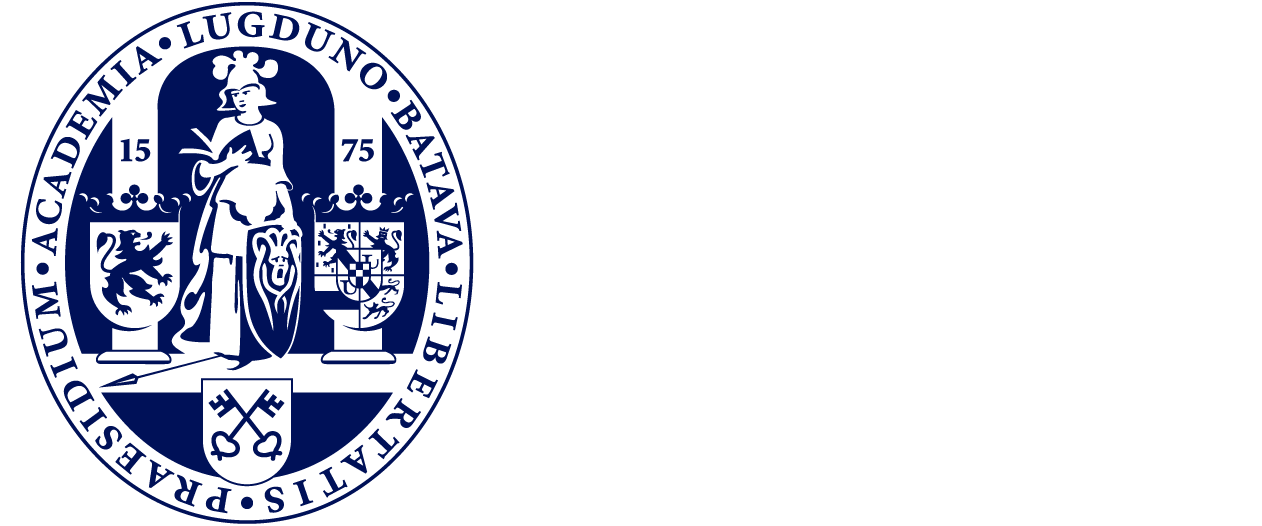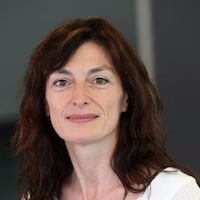Webinar on January 31, 2024, 3:00 pm UTC+1
Four-Wave Mixing Interferometry: Imaging Single Gold Nanoparticles Inside Cells Background-Free with 3D Nanoscale Precision
Imaging and tracking single nanoparticles using optical microscopy are powerful techniques with many applications in biology, chemistry, and material sciences. Despite significant advances, imaging single small nanoparticles in a scattering
environment as well as localizing objects with nanometric position precision in 3D remains challenging.
Here, I will present a four-wave mixing (FWM) interferometry technique recently developed by us, whereby single gold nanoparticles in the 5–20 nm radius range are imaged background-free inside highly heterogeneous biological environments,
including multicellular organs [1], owing to their specific nonlinear plasmonic response. The set-up enables correlative four-wave mixing/confocal fluorescence imaging, opening the prospect to study the fate of nanoparticle-biomolecule-fluorophore
conjugates and their integrity inside cells [2]. Beyond imaging, the technique allows us to track single particles with nanometric position localization precision in 3D from rapid single-point measurements at 1 ms acquisition time,
by exploiting the optical vortex field pattern in the focal plane of a high numerical aperture objective lens [3]. Through polarisation-resolved detection, the technique is sensitive to the nanoparticle shape and its orientation,
measuring asymmetries down to 0.5% ellipticity, corresponding to a single atomic layer of gold. Notably, owing to the high electron density of gold nanoparticles, the technique lends itself to correlative light-electron microscopy
(CLEM) with a single probe, as demonstrated by us recently [4].
In short, FWM microscopy has clear potential for wide impact and our latest results on imaging, tracking and CLEM will be presented.
1 I. Pope et al., Appl. Phys. Lett. 122, 153701 (2023).
2 N. Giannakopoulou et al, Nanoscale 12, 4622 (2020).
3 G. Zoriniants et al., Phys. Rev. X 7, 041022 (2017).
4 I. Pope et al., Light Sci. Appl. 12, 80 (2023).


